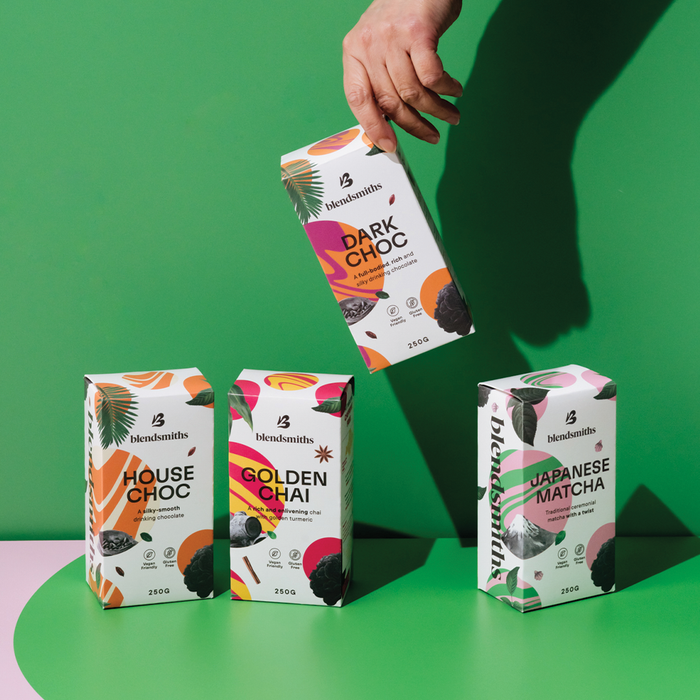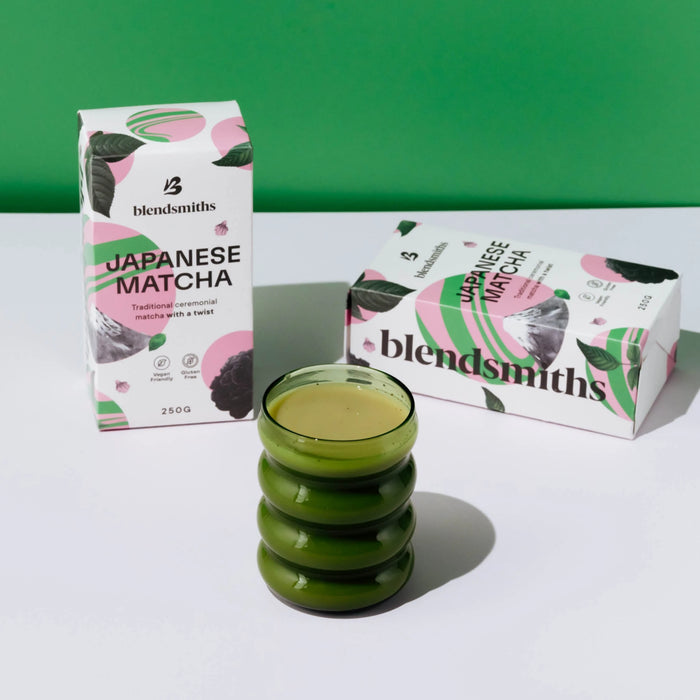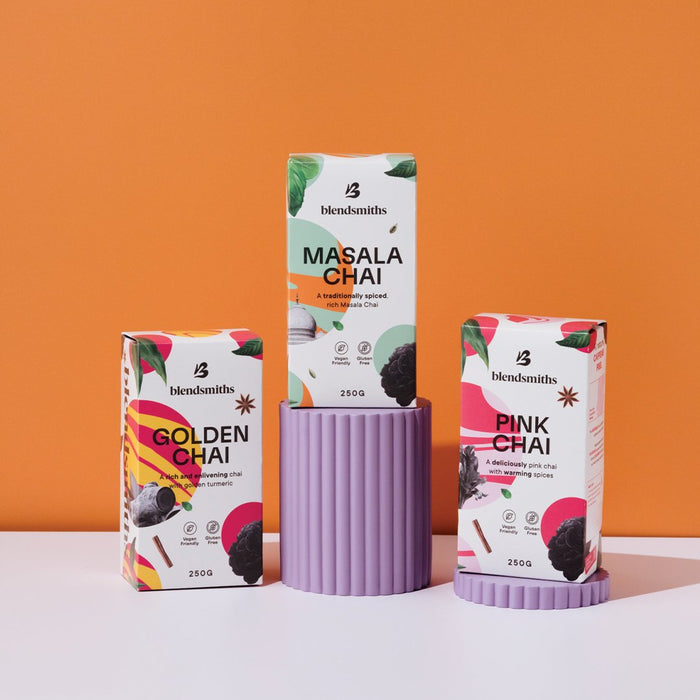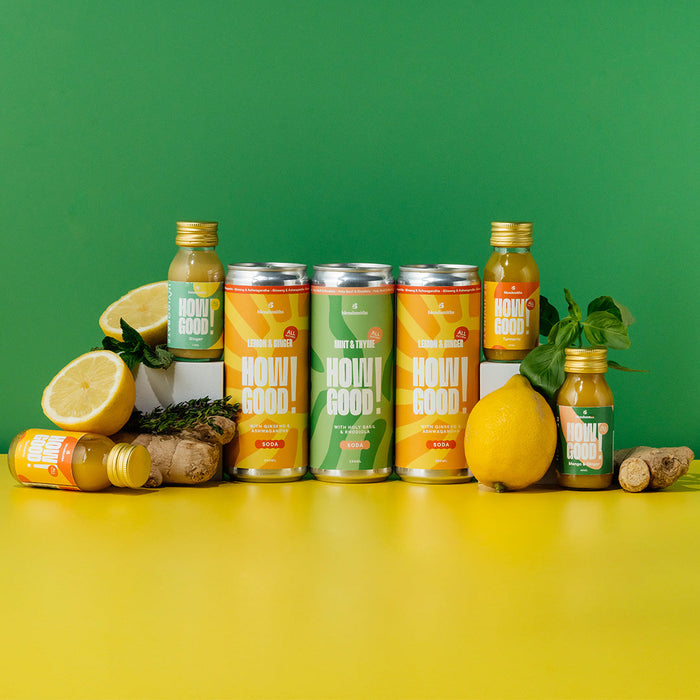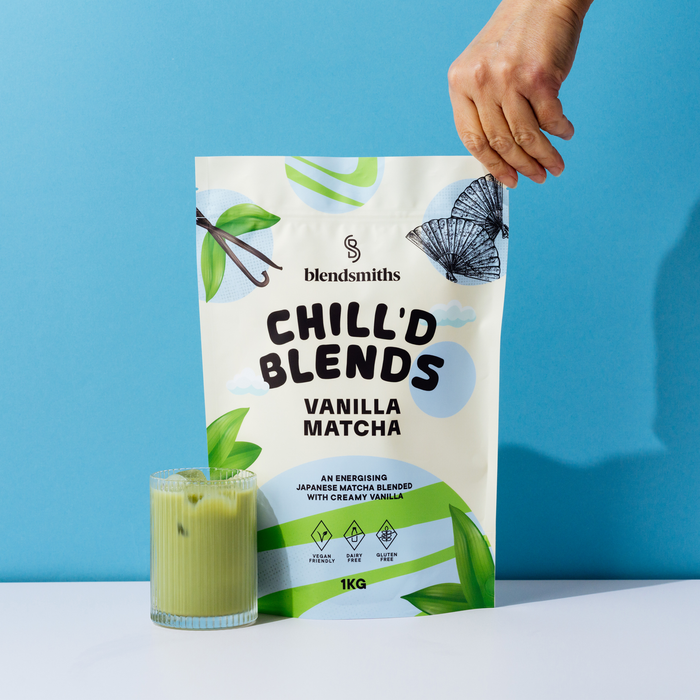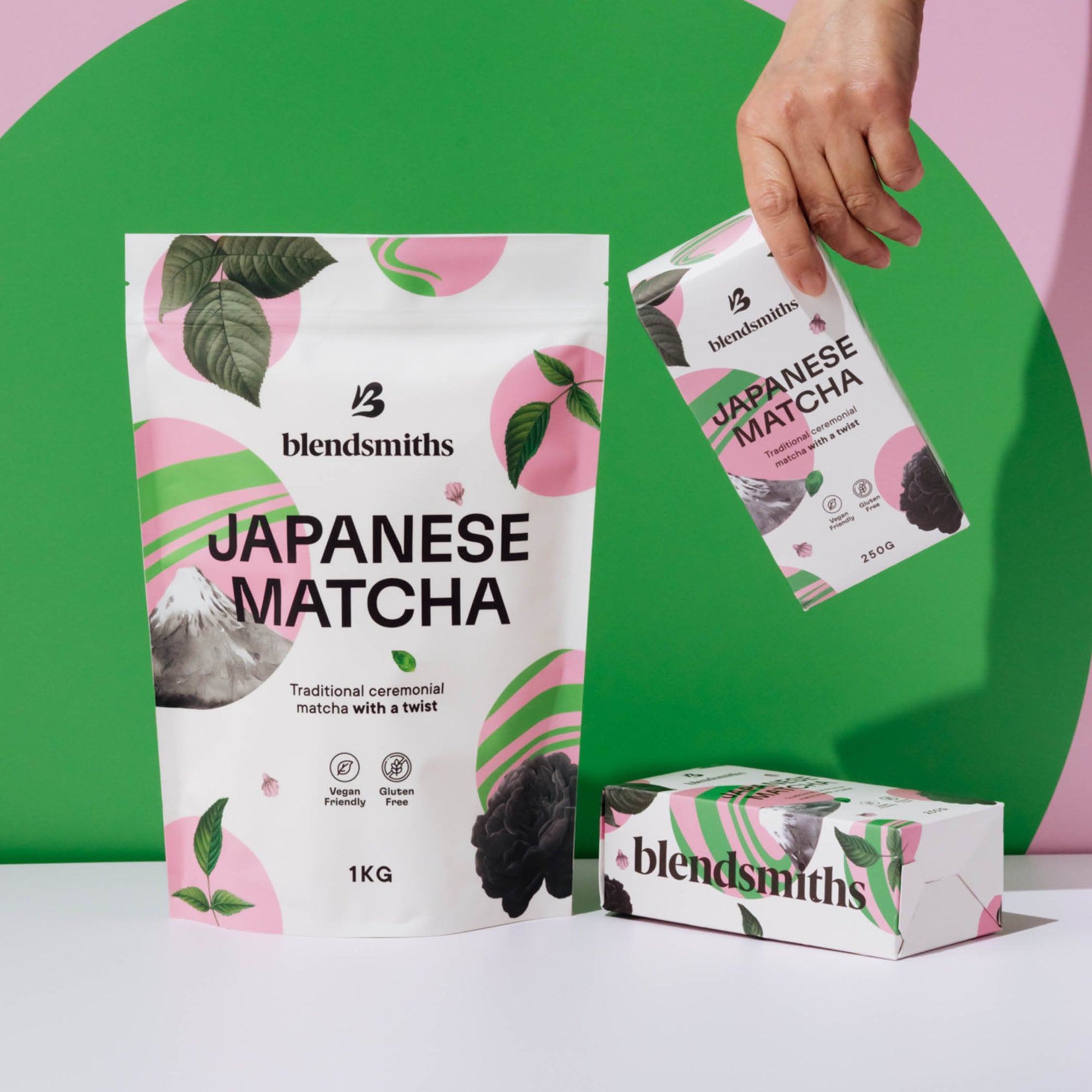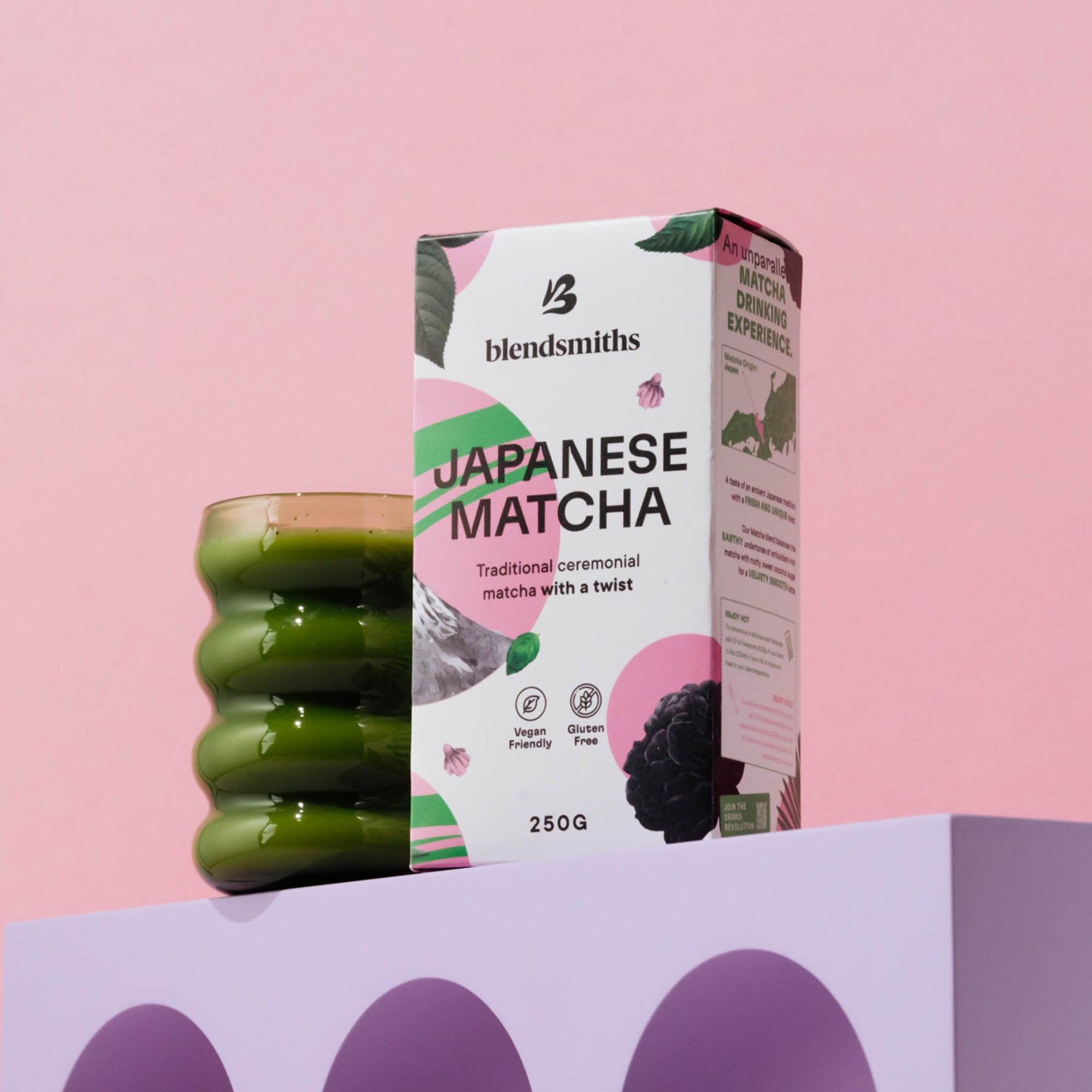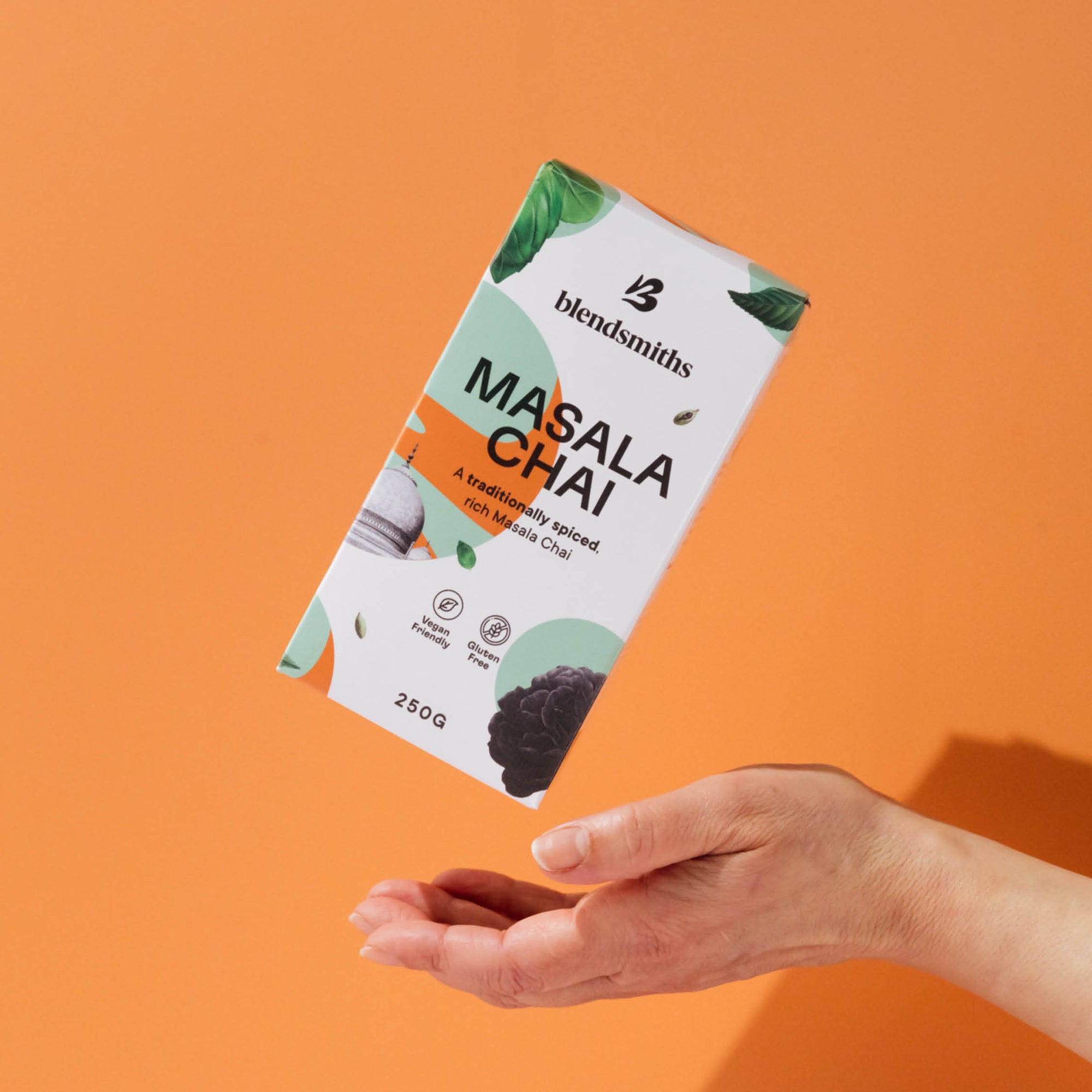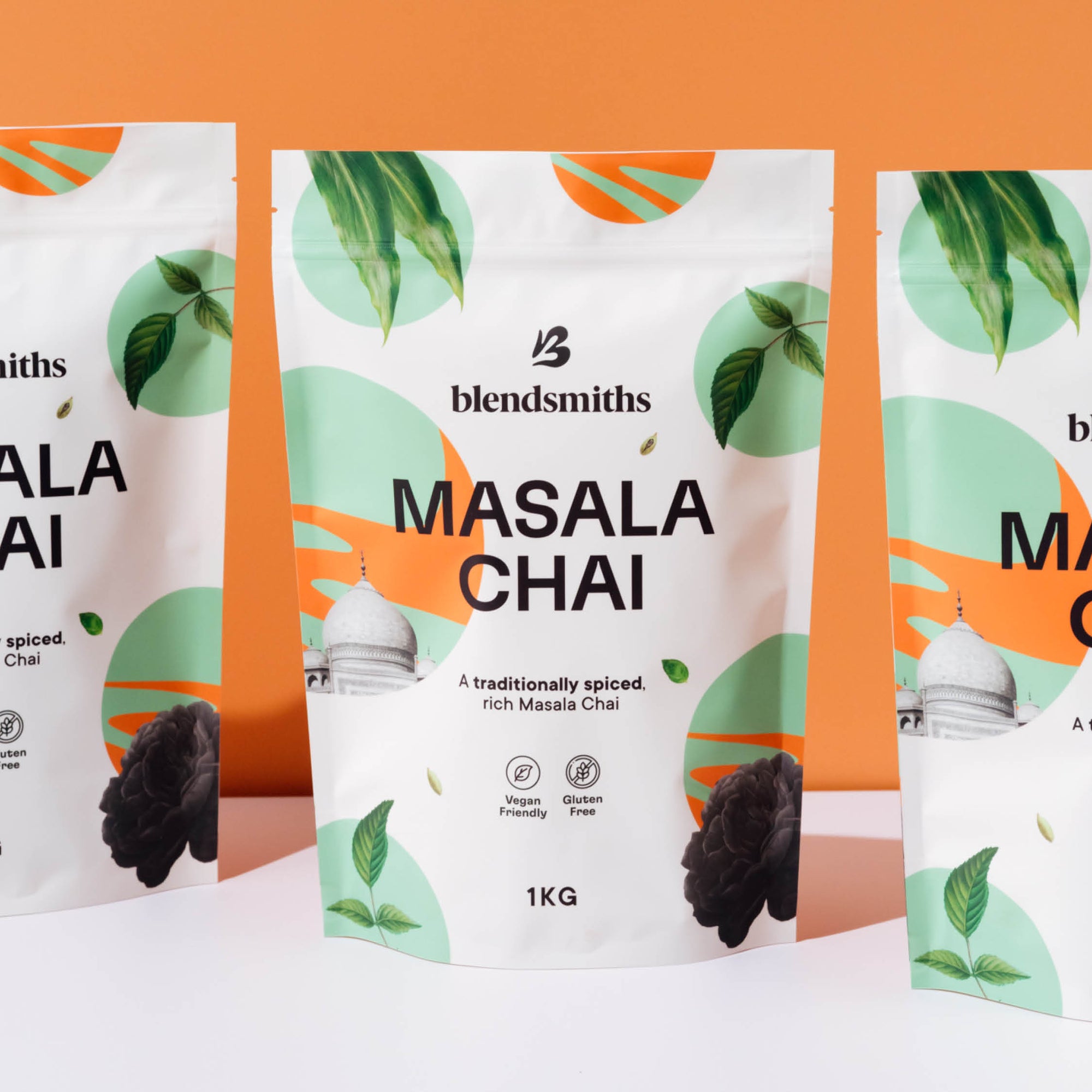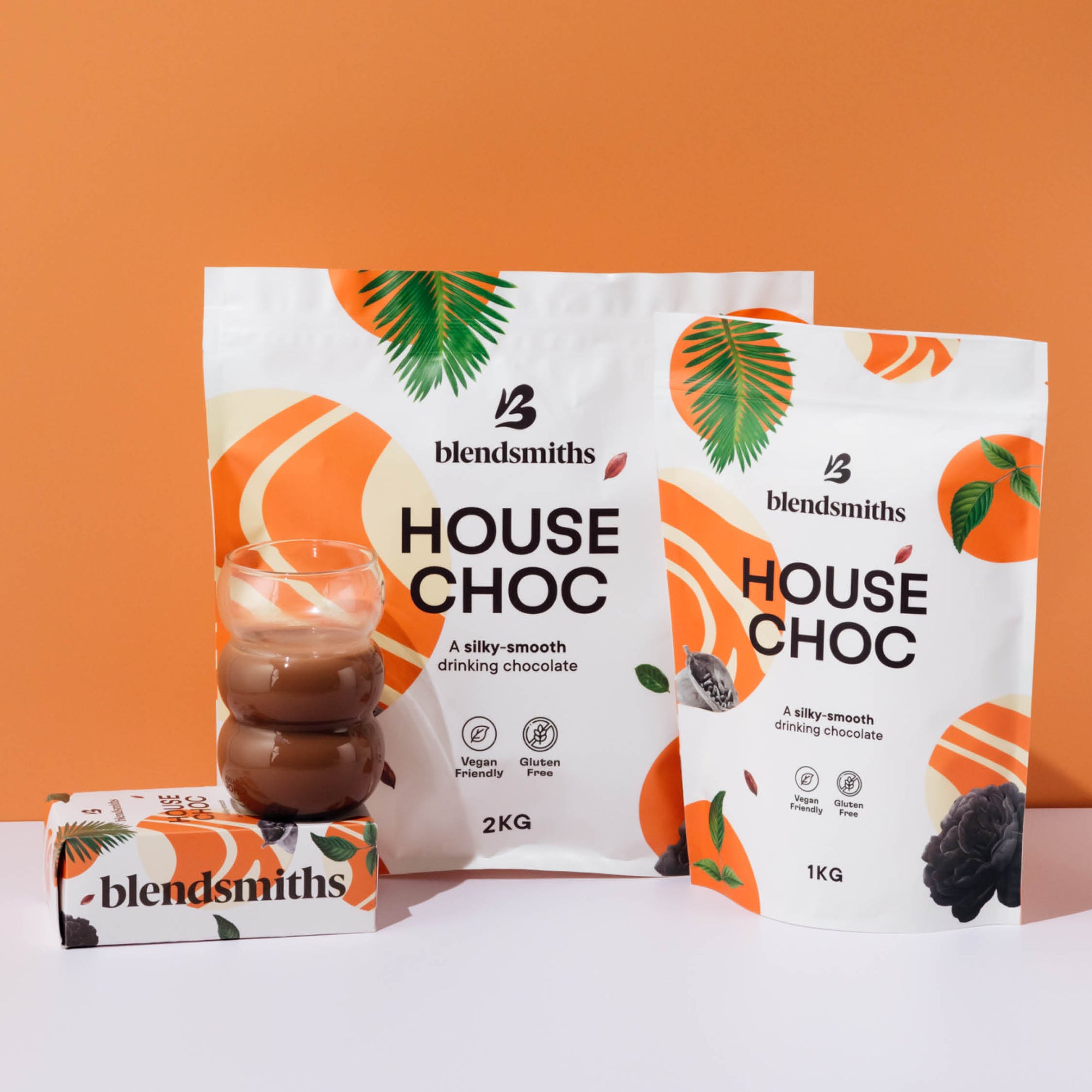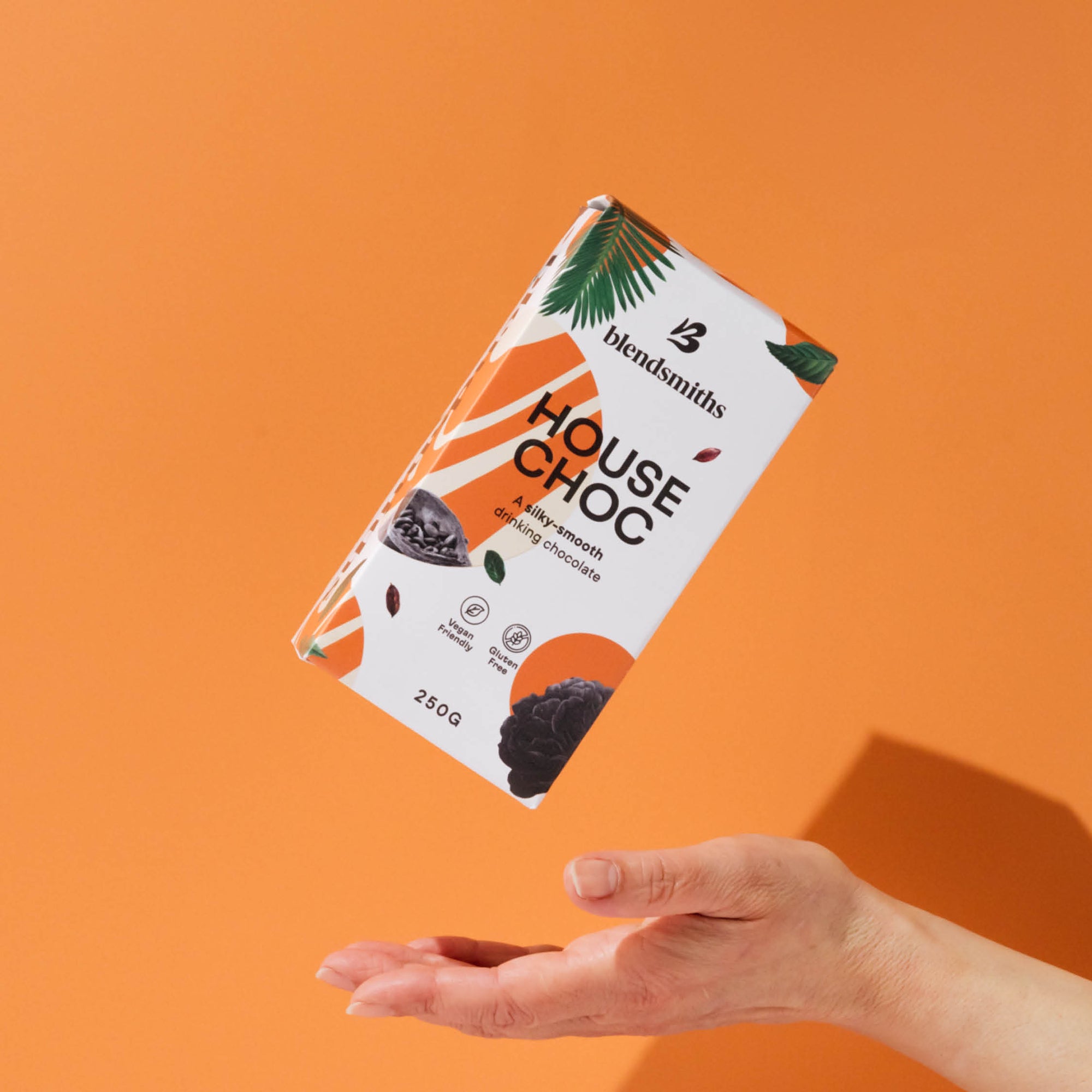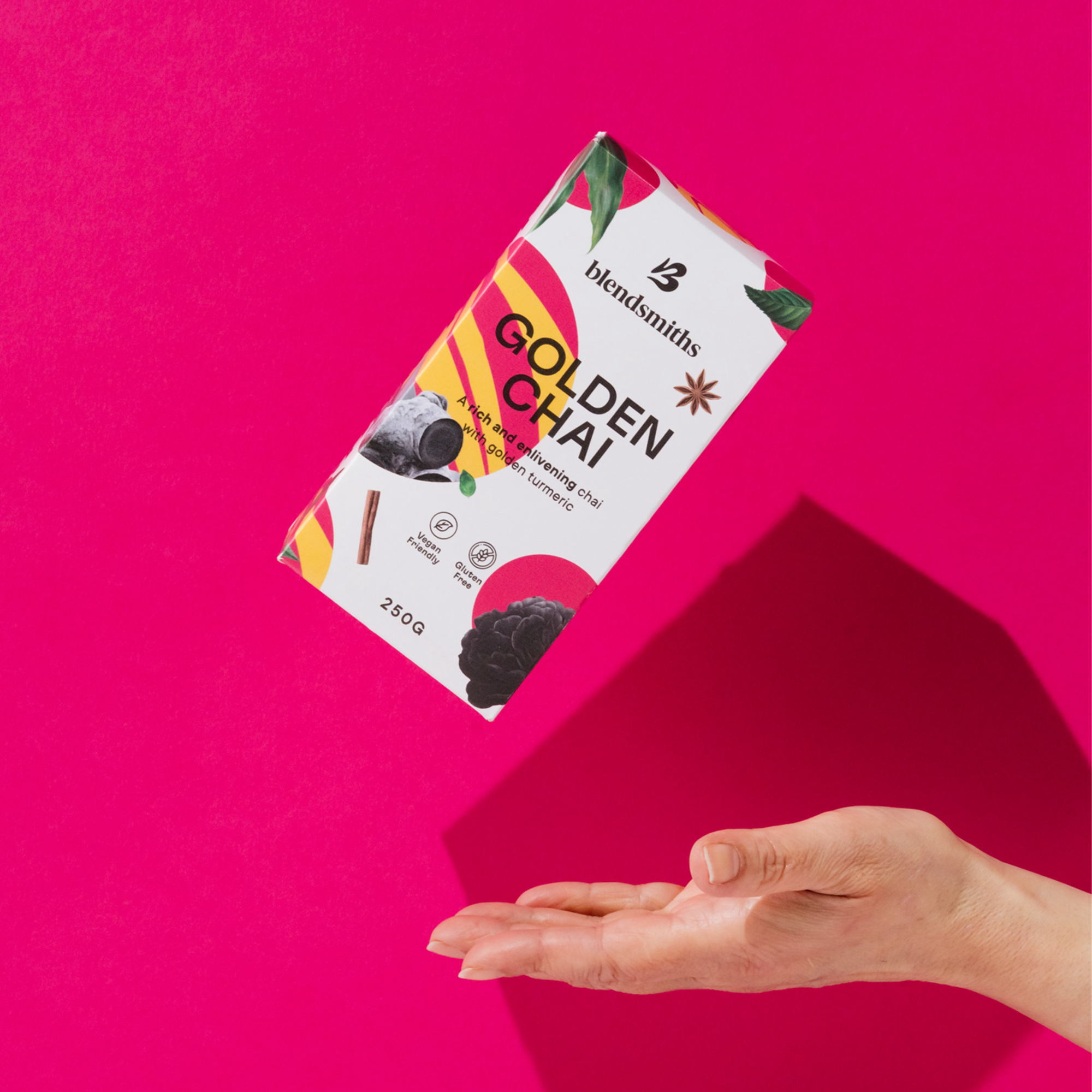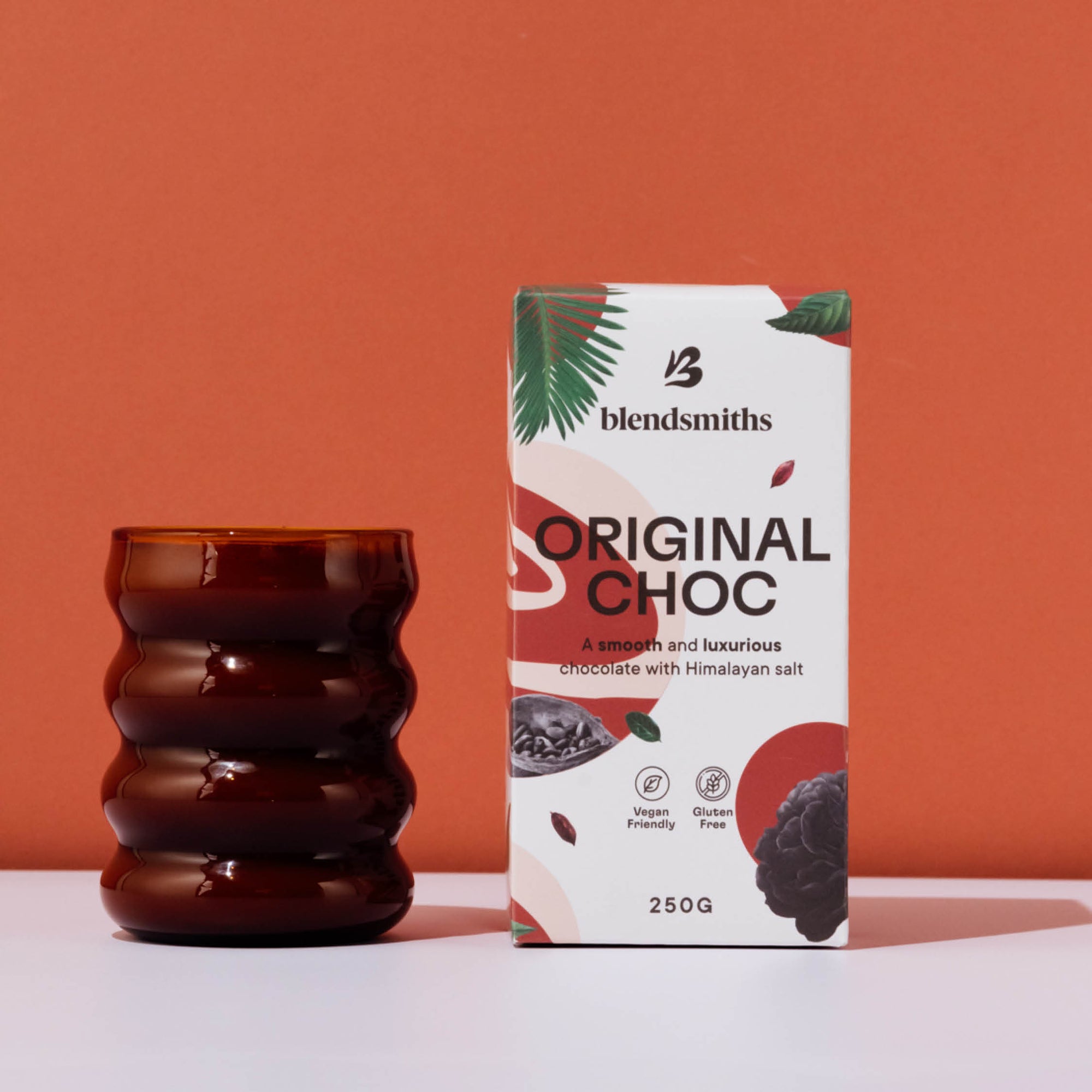· Ryan Moore
Why the UK Is Drinking Less Alcohol and More Blendsmiths
In late 2024, insurance provider Aviva https://www.aviva.com/newsroom reported that nearly half (48%) of British adults plan to either stop drinking alcohol altogether or significantly cut back. The shift is even more pronounced among younger generations: 61% of 18–24-year-olds intend to reduce or quit drinking within the next 12 months, with even higher percentages among 25–34-year-olds. This signals a major cultural shift in a country long associated with alcohol-centric socialising.
What’s behind the change?
A variety of factors, many of which were accelerated by the COVID-19 pandemic, are influencing this shift. During lockdown, alcohol consumption initially spiked as people struggled with isolation, uncertainty, and disrupted routines. But as the months wore on, habits began to change. People found solace in home cooking, fitness routines like Joe Wicks’ daily workouts, and moments of quiet reflection. There was a growing realisation: perhaps alcohol wasn’t essential for relaxation or connection.
From that shift emerged a broader movement known as sober curiosity—a mindful approach to drinking (or not drinking) that has gained serious traction, particularly with Gen Z. This generation is redefining what it means to go out and socialise, moving away from alcohol as a default and toward experiences that prioritise wellness, connection, and creativity.
The rise of non-alcoholic and alternative drinks
This change in mindset has spurred growth in the non-alcoholic drinks sector. According to the IWSR, the global market for zero- and low-alcohol beverages is set to grow by more than 31% across major markets including the UK, US, France, and Japan. Where drinkers were once limited to soft drinks or uninspiring mocktails, there’s now an explosion of exciting, flavourful alternatives that cater to adults who want complexity without the alcohol.
Bars, restaurants, and cafés are responding by not just expanding their alcohol-free options, but also enhancing the overall experience. Whether it’s adding games like shuffleboard or creating more inclusive atmospheres, the goal is to foster spaces where everyone—drinkers or not—can feel welcome and entertained.
What this means for the drinks industry
The growing consumer interest in alcohol alternatives has opened the door for innovation. Brands like Blendsmiths are embracing this curiosity, pushing the boundaries of flavour and form. These are not just drinks—they’re sensory experiences. From spiced chai to turmeric and beetroot blends, the offerings are globally inspired and rooted in the idea that a great drink doesn’t need alcohol to be memorable.
This isn’t just a trend among younger consumers. Older generations are also becoming more adventurous, drawn by health benefits, affordability, and the allure of something new. The appeal lies in both the taste and the ethos: drinks that align with a balanced lifestyle, without sacrificing pleasure or ritual.
A changing culture, one cup at a time
Another driver of this movement is cost. Nights out are increasingly expensive, especially for those juggling family responsibilities or trying to get on the property ladder. In contrast, cafés offer affordable indulgence—a space to connect, work, or unwind, with drinks that match the mood and mindset of a new generation.
Independent cafés, in particular, have embraced their role as community hubs and incubators of sober curiosity. They’re spaces where people can explore new tastes and habits without pressure—where the atmosphere invites conversation, introspection, or quiet creativity.
As noted in a November 2024 article by The Conversation, Gen Z’s shift away from alcohol isn’t a passing phase—it’s a fundamental change in values. As researchers in consumer behaviour point out, these choices reflect a deeper, more permanent cultural evolution.
At Blendsmiths, we’re proud to be part of this new era. Our blends are crafted to spark curiosity, encourage discovery, and redefine what it means to “go for a drink.” For us, and for many, this is more than a beverage—it’s a movement.
